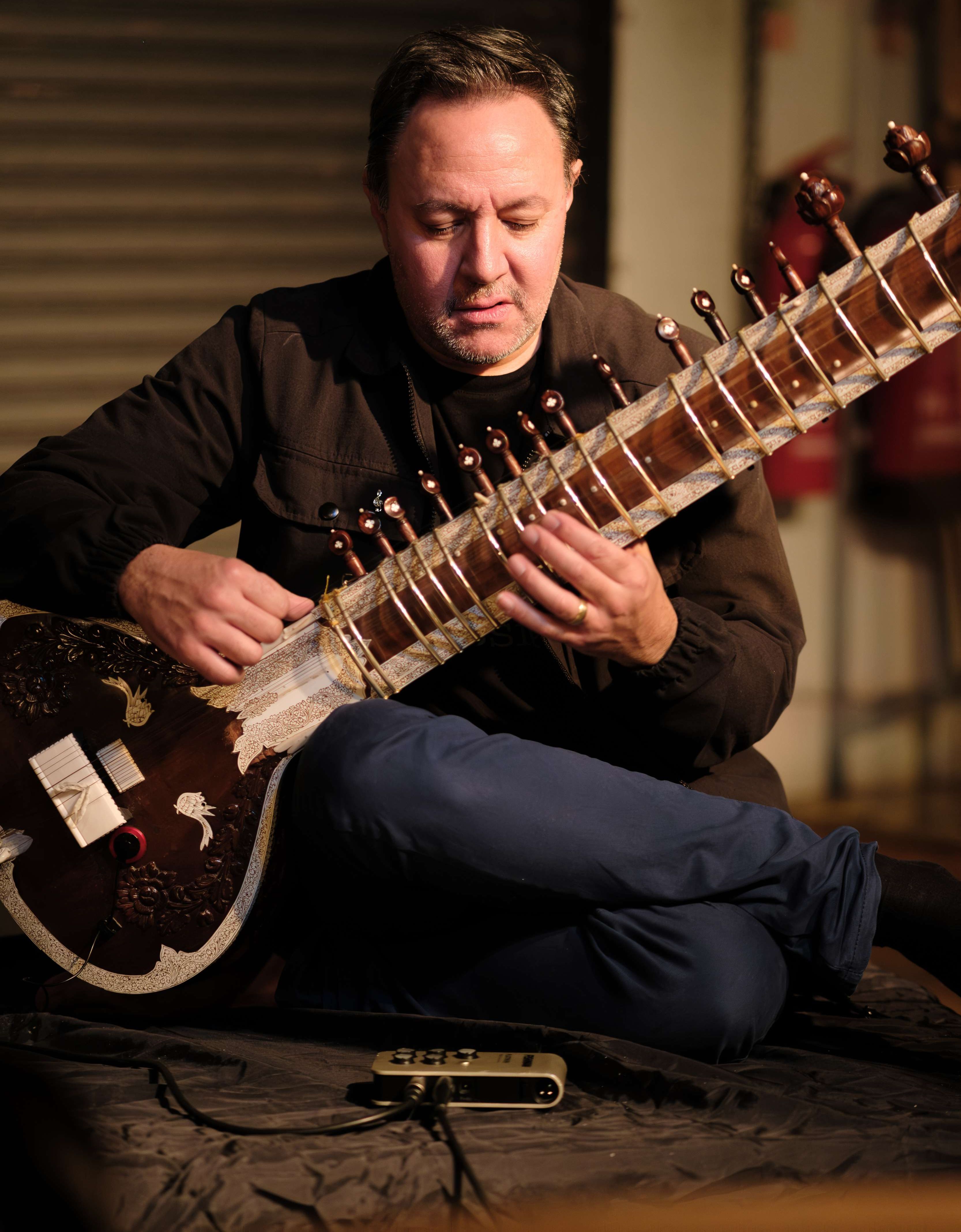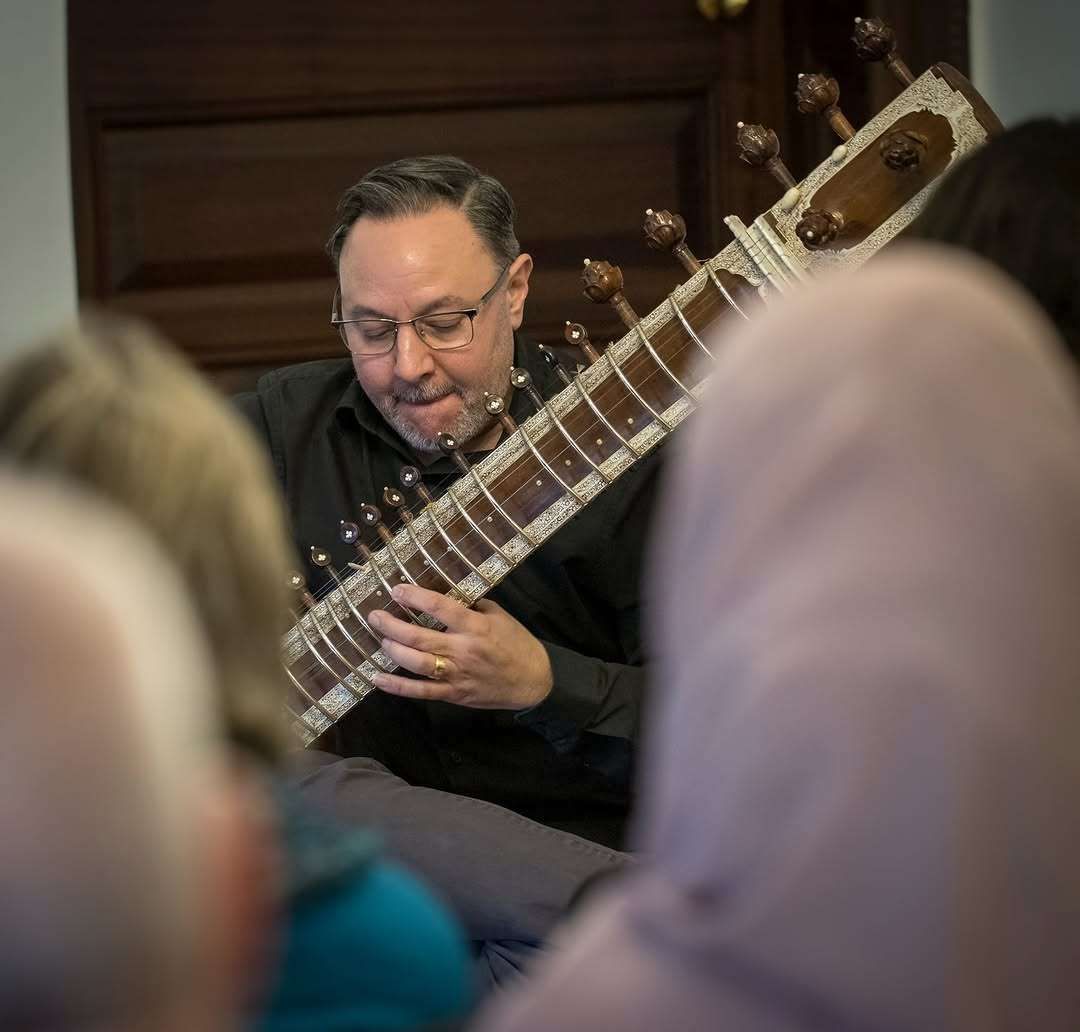by LAUREN CODLING
FAITH leaders have spoken of engaging with members of the community to halt the spread of Covid-19 during Ramadan, with the country in lockdown.
Government guidelines have seen places of worship across the country close in recent weeks, in light of the pandemic. For Muslims, this means mosques being shut during Ramadan.
The holy month, characterised by fasting from sunrise to sunset, sees communities come together in mosques for communal prayers and iftars (evening meals), when people break their fast together.
Most mosques have evening congregational prayers which attract hundreds of worshippers or even thousands in larger venues. Despite social distancing guidelines, mosques are keen to ensure that they keep followers engaged and connected in times of need.
In Birmingham, the Green Lane Masjid & Community Centre (GLMCC) has arranged a Ramadan schedule of six hours of daily Islamic programmes online. Kamran Hussain, chief executive of GLMCC, admitted Ramadan felt “very different” this year.
Typically, the mosque feeds around 300 per people every day during the month. It also expects around 2,000 followers to attend prayers in the evening.
The GLMCC annual Eid event in Birmingham’s Small Heath Park, which is the biggest outdoor Eid event in Europe, sees more than 60,000 attendees. “It would be hugely optimistic to assume we will have any kind of normality like this over the next month,” Hussain told Eastern Eye.
The King’s Cross Mosque in north London has also made efforts to reach out to its local community during Ramadan. It will be conducting online lessons on Zoom for children and feature videos by imams via social media.
“(We have put this together so) the whole community can be kept informed and to motivate them and uplift spirits,” Amad Uddin, assistant secretary at the mosque, told Eastern Eye.
Mahmood Rafiq, head of external relations for the Ahmadiyya Muslim Community UK (AMCUK), added that they were working hard to ensure followers stayed motivated and active over Ramadan.
“Life seems to become difficult when you aren’t feeling busy,” Rafiq told Eastern Eye. “There can be days when you forget if it is a weekday or a weekend and it can become blurred. So where possible, we are really trying to keep our members busy.”
During Ramadan, AMCUK’s radio station, Voice of Islam, has made plans to increase programmes related to prayer or spirituality. It has also set up a YouTube channel, where people can listen to spiritual lessons conducted by imams. In addition, they are using WhatsApp to share pre-recorded verses.
“For some reason, a lot of members have picked up a lot of information through WhatsApp so we are doing small, condensed material for that platform during Ramadan,” Rafiq explained. “We know people use all kinds of mediums, so we are trying to cater for everyone as we know some won’t always use television or radio.”
According to Uddin, the biggest challenge of the lockdown is the loss of “a feeling of community” during the holy month. “The mosque plays an important part of the community as a focus point,” he said. “In a normal Ramadan, we provide iftar every day to everyone and hold taraweeh prayers (evening prayers). This year we can’t do this, so we have created different channels of communicating with our congregation to ensure no one is isolated.”
Mosques have also put together a number of welfare initiatives to help those in need. Committee members at the King’s Cross Mosque recently delivered more than 120 Ramadan food packs to local elderly people, while AMCUK set up call centres for members who feel lonely.
GLMCC has also organised food delivery services for the vulnerable, a listening service for those who may need to talk to someone and a partnership with a local company called Loft25 to produce personal protective equipment (PPE) for the NHS.
“Such work and projects are creating their own sense of community, with over 1,000 of our volunteers and staff coming together to help others,” Hussain said.





 Jonathan Mayer on the sitar and beyond Instagram/the_sitarist/ @sat_sim
Jonathan Mayer on the sitar and beyond Instagram/the_sitarist/ @sat_sim  Redefining Indian classical music with Jonathan Mayer Akil Wilson
Redefining Indian classical music with Jonathan Mayer Akil Wilson Jonathan Mayer on music without boundaries Instagram/the_sitarist/
Jonathan Mayer on music without boundaries Instagram/the_sitarist/ Jonathan Mayer on teaching and performing Indian music Instagram/
Jonathan Mayer on teaching and performing Indian music Instagram/





